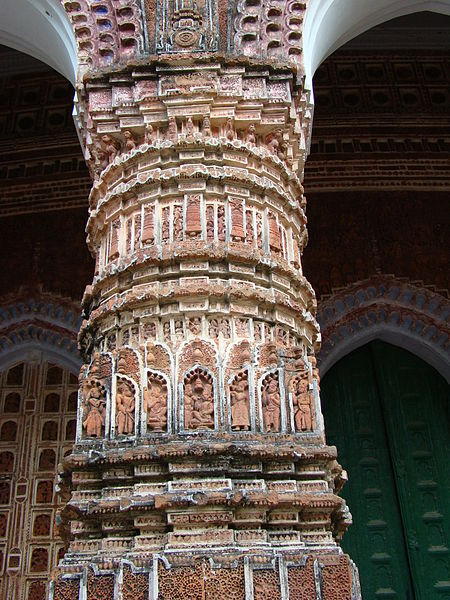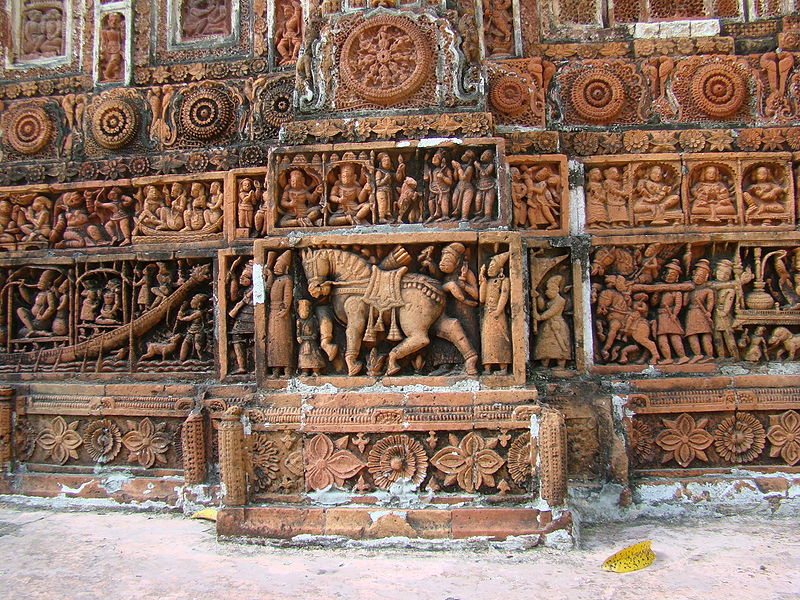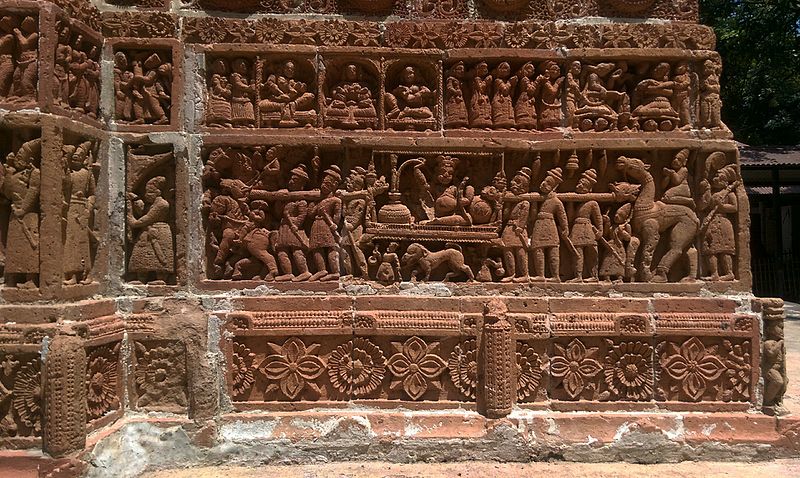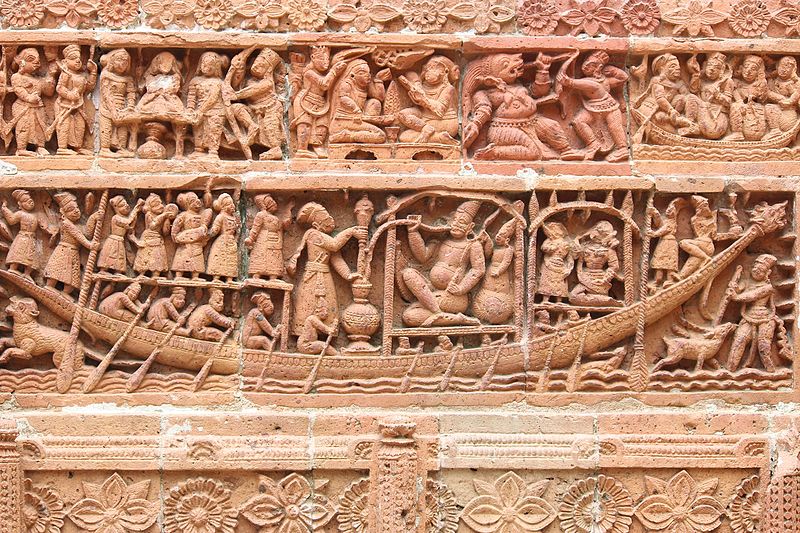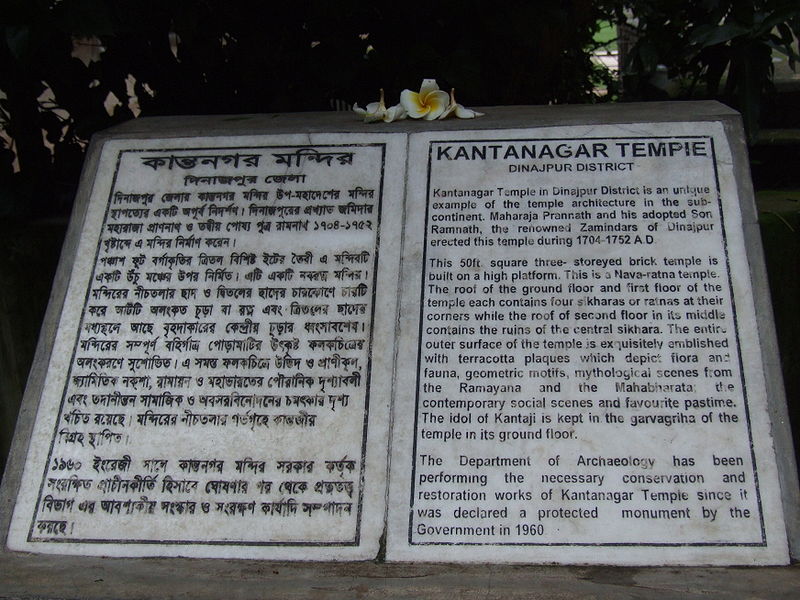Kantajew Temple
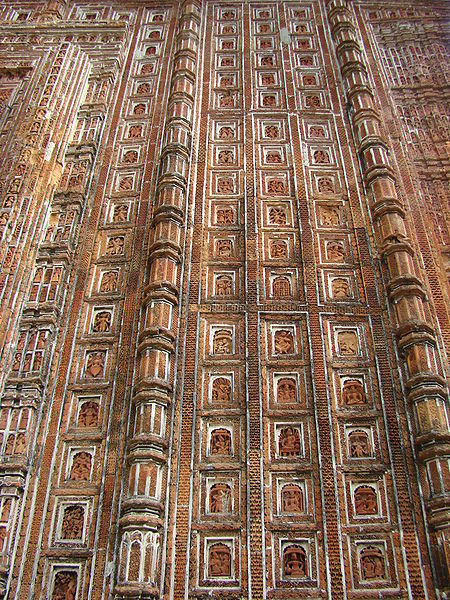
Facts and practical information
Nestled in the quaint village of Kantanagar, near Dinajpur in Bangladesh, the Kantajew Temple stands as a testament to the country's rich cultural heritage. This late-medieval Hindu temple, dedicated to the worship of Lord Krishna, is an architectural marvel that has captivated visitors for centuries with its intricate terracotta ornamentation.
Built by Maharaja Pran Nath in the 18th century, the three-story edifice was completed in 1752 by his son Maharaja Ramnath. The temple, with its unique navaratna (nine spires) design, was originally crowned with nine ornate towers, though these were destroyed in the devastating earthquake of 1897.
Despite this loss, the Kantajew Temple continues to be a beacon of art and history. The walls of the temple are adorned with exquisite terracotta plaques, depicting scenes from Hindu epics, such as the Ramayana and the Mahabharata, as well as various aspects of daily life and culture during the period of its construction. These plaques serve as a visual chronicle of the societal norms and practices of the time.
The temple is not only a place of spiritual significance but also a site of immense archaeological importance. It is a shining example of the Bengal style of temple architecture, which is characterized by its singular use of burnt clay bricks and terracotta tiles.
Kantajew Temple – popular in the area (distance from the attraction)
Nearby attractions include: Nayabad Mosque, Kaliya jue Temple.


